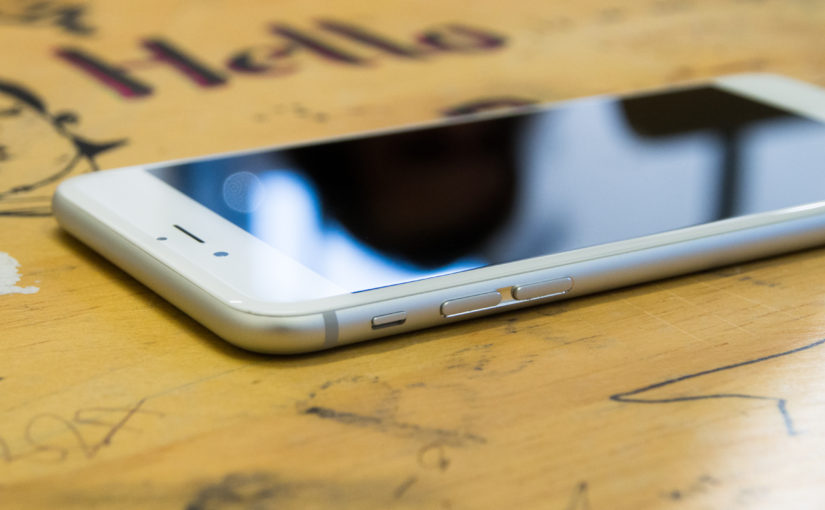Today I learned I suffer from Touch Disease on my iPhone 6+. Symptoms include a touchscreen that doesn’t respond to your finger and a grey flickering bar at the top of the screen.
I thought my iPhone was just being weird but now I’m learning it’s an epidemic. The popular theory is that the chip responsible for dealing with multitouch is desoldering as the phone flexes.
In both the iPhone 6 and 6 Plus, the Touch IC chips connect to the logic board via an array of itty-bitty solder balls—“like a plate resting on marbles,” Jessa explains. Over time, as the phone flexes or twists slightly during normal use, those solder balls crack and start to lose contact with the board.
At least one Apple Genius has their head in the sand:
I’ve talked to other geniuses, I’ve talked to engineers via escalations, I’ve talked with management in touch with their higher ups. This issue is caused by logic board damage. And if you haven’t opened your phone, exposed it to liquid, or bent the enclosure, you won’t experience this issue.
✅ Haven’t opened my iPhone
✅ Haven’t exposed to liquid
✅ Haven’t bent the enclosure
✅ Starting to experience the issue
Meanwhile Touch Disease is now accounting for about 11% of Apple Store’s daily iPhone repairs. I really hope Apple does something to address this. Especially now that more folks are on BOYD plans and are starting to keep their phones more than 2 years (something I was planning on with my 6+).
Now is also a good time to be reminded that companies cannot legally void your warranty in the US if you repair your devices, but good luck getting companies to recognize that without a lawyer.
Photo Credit: Omar Jordan Fawahl (CC BY-SA)
